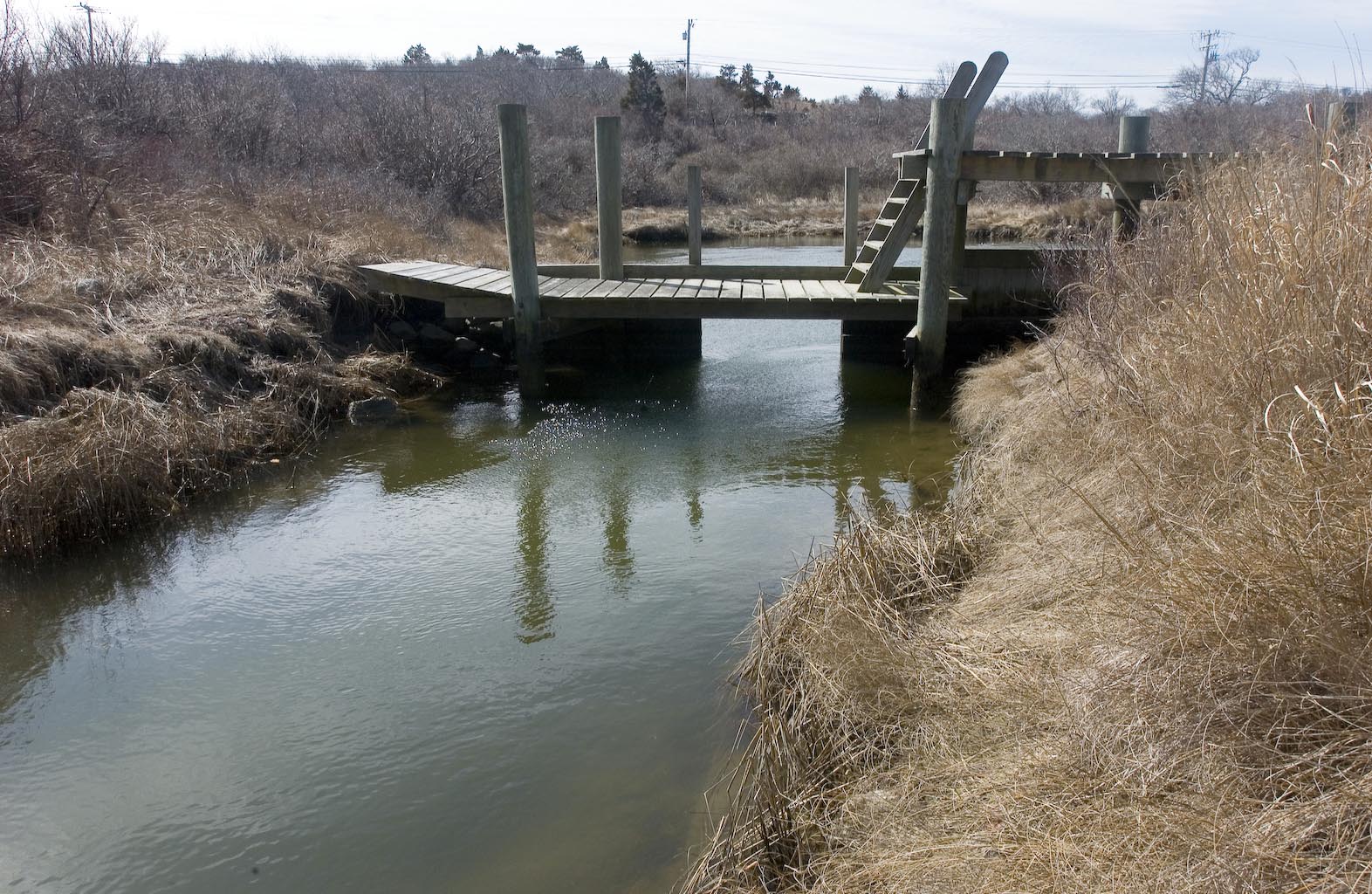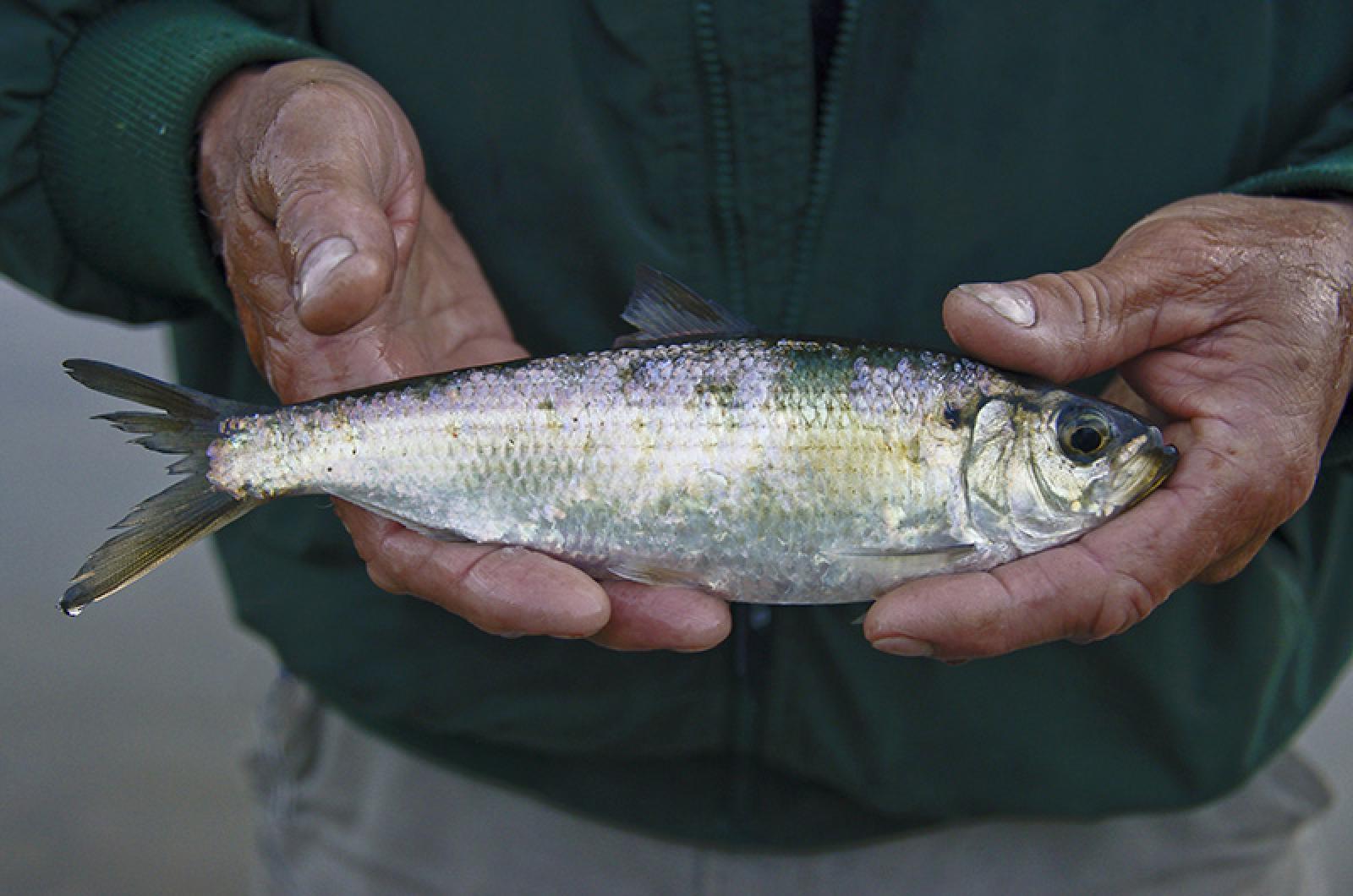As part of a long-term effort to protect dwindling Atlantic herring stocks, federal regulators recently approved an amendment to prohibit the use of midwater trawling vessels within 12 nautical miles off the coastline from Maine to Rhode Island, and 20 miles off eastern Cape Cod and the Islands.
The amendment was developed by the New England Fishery Management Council and approved by the National Marine Fisheries Service on Nov. 19. It is the product of a grassroots effort from local fishermen, boards of selectmen, state legislators and environmental groups who have been pushing for stronger management of the midwater trawl herring fishery for more than 20 years.
“The first and most obvious thing is what we won’t see: the lights of midwater trawlers, factory boats working in pairs, wiping out schools of forage fish like herring close to shore,” said John Pappalardo in a prepared statement. Mr. Pappalardo is the chief executive officer of the Cape Cod Commercial Fishermen’s Alliance, an organization that pushed hard for increased regulations.
“We aren’t going to see our near-shore [herring] immediately return to the fertility we knew in the 1990s, when huge shoals of herring coursed through, filling the water column from bottom to top. The fish have taken too hard a hit to come back that fast. . . it’ll be two to three years before we really know if our effort is paying off,” the statement continued.
In addition to moving midwater trawlers farther offshore, the New England Fishery Management Council passed a new regulation to guide the formula for setting annual quotas on Atlantic herring.

“When resource is at a low point, like it is now, the fishing pressure will be decreased. And when the stock is healthy and at a high point, the quota will still be capped to a sustainable rate,” said Janice Plante, public affairs officer for the council.
Atlantic herring are forage fish eaten by tuna, cod, haddock, certain species of whales and many commercially harvested fish. According to Ms. Plante, declining herring stocks have had a ripple effect through the entire commercial fishing industry.
Pushing the midwater trawling fleet to a minimum of 12 miles offshore will give the herring a “buffer zone” to migrate without being pressured by commercial vessels but also allowing them to be eaten by other fish, aiding the health of the overall ecosystem, Ms. Plante said.
“Both the rules better account for herring as a forage species in the ecosystem,” she said.
Buddy Vanderhoop, a Vineyard charter captain who has pushed for regulations on the fishery for over a decade, said he was a proponent of the new regulations but felt that they didn’t go far enough.
“It’s a step in the right direction,” he said. “It’s a great thing they finally got the message to push these midwater trawlers further out. They catch millions of pounds per day and do nothing but make fishing tougher all around.”
Mr. Vanderhoop once managed the river herring run in Aquinnah before a moratorium was placed on the river herring fishery 15 years ago. River herring are an inshore relative of the Atlantic herring. Mr. Vanderhoop said the new regulations will help reduce the number of river herring scooped up along their migratory routes, often within three miles of the shoreline, as bycatch to the midwater Atlantic herring trawlers.
But with purse seine herring fishing still permitted close to shore, a five per cent bycatch limit on river herring still accepted and over 42 midwater trawlers still towing, albeit further offshore, Mr. Vanderhoop said there is a lot of room for increased regulation in the future if herring, both Atlantic and river, are to make a full return.







Comments (3)
Comments
Comment policy »